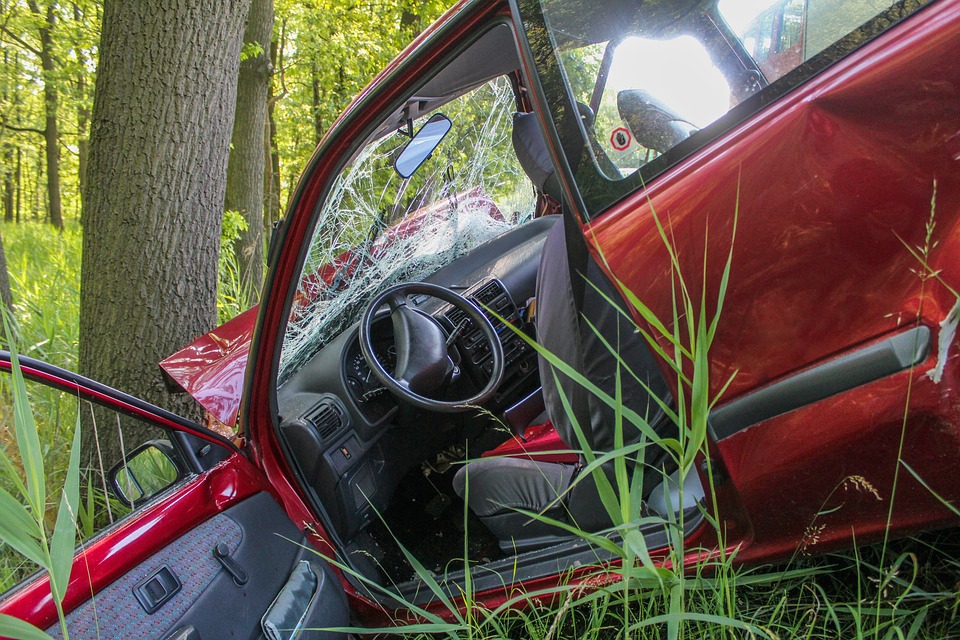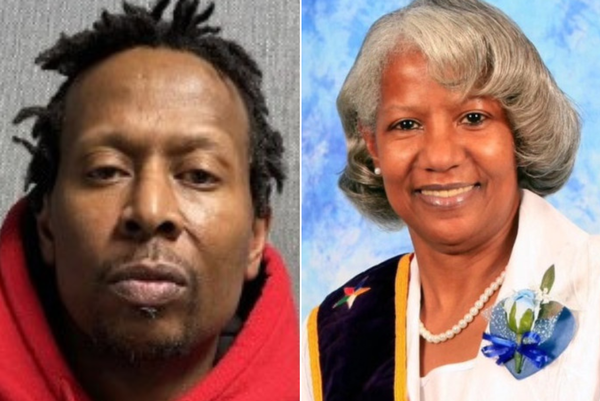
California is in the middle of a quiet experiment in how cities protect people at intersections and along fast corridors — and San Diego is right in it. This year, San Diego drivers are adjusting to two major changes: stricter enforcement of the state’s new ‘daylighting’ parking rule and, elsewhere in California, the launch of a speed-camera pilot. Both efforts are aimed at the same goal — safer, calmer streets with better visibility at intersections.
The 20-foot rule (and why people are getting tickets)
As of January 1, San Diego began enforcing California’s “daylighting” law (AB 413), which prohibits stopping or parking within 20 feet of any marked or unmarked crosswalk — 15 feet where a curb extension (“bulb-out”) is present. The goal is simple: when the space just before a crosswalk is clear, drivers and people crossing can see each other earlier, and near-misses become non-events. The City announced a 60-day period of warnings before citations began in March; the practical upshot is that enforcement is now routine across neighborhoods. (Source: City of San Diego news release.)
Two details matter for everyday parking:
- The rule applies even if the curb isn’t painted red and there’s no sign.
- If you’re eyeballing distance, think roughly one and a half car lengths before the crosswalk; a touch less where the curb juts out.
Read the City’s official notice here: Enforcement of New ‘Daylighting’ Law Begins Jan. 1 in City of San Diego.
Speed cameras aren’t here — but the policy tide is
San Diego isn’t part of California’s speed-camera pilot. For now, automated speed enforcement is authorized in Los Angeles, Glendale, Long Beach, San Jose, Oakland, and San Francisco. It’s still locally relevant: state lawmakers and big-city transportation departments are aligning around one intervention that consistently reduces severe crashes — lower speeds at the places where people walk, bike, and cross. Expect results from those pilots to shape the statewide conversation that follows. For a clear overview from one of the pilot cities, see LADOT’s Speed Safety System (AB 645) page.
Vision Zero is a goal — and still a work in progress
Back in 2015, San Diego signed on to Vision Zero, a pledge to end severe crashes on city streets. Ten years later, progress is visible in new street designs and planning priorities — though the city acknowledges there’s still more to do. The 2025 policy push — clearer sightlines at intersections and data-led speed management elsewhere in the state — is part of that course-correction. If you want to track how and where the city is focusing, start here: Vision Zero | City of San Diego.
What this means for you behind the wheel
- Park with a buffer. Leave 20 feet before any crosswalk (or 15 feet where there’s a curb extension). Don’t rely on paint — assume a crosswalk exists even if it isn’t striped.
- Expect targeted slow-zones statewide. Even without speed cameras here, the pilots in six cities will influence design and enforcement norms. School zones and high-injury corridors are first in line elsewhere — and those templates tend to spread.
- Watch for small redesigns with big effects. Daylighting often arrives alongside painted curb extensions, hardened centerlines, and shorter crossing distances — subtle tweaks that nudge speeds down and visibility up.
If you’re involved in a crash
When collisions do happen, think safety → record → report:
- First, make sure everyone is safe and check if anyone needs medical help.
- Take photos and notes about the scene — the position of vehicles, traffic signals, road conditions, and exchange details with the other driver and any witnesses.
- If there are injuries or major damage, file a report and get checked by a doctor, even if you feel okay at the time.
For straightforward advice on what to do after car accidents, there are local resources that walk you through your options and timelines.
The bigger picture: fewer surprises, more forgiveness
None of this is about catching drivers out; it’s about removing surprises. A parked SUV tight to a crosswalk turns a child into a hidden hazard. A straight, fast arterial turns a momentary lapse into an ambulance ride. Daylighting and speed management are the low-drama tools that make those moments more forgiving. You’ll notice them most when you don’t — when your view is clear, our approach is calmer, and everyone gets home.
San Diego’s 2025 road-safety reset asks drivers to adjust habits a little so outcomes improve a lot. Leave the extra space. Expect slower design in sensitive spots. And if the worst happens, document, report, and get the help you need. That’s not a culture war; it’s a civic habit worth keeping.







